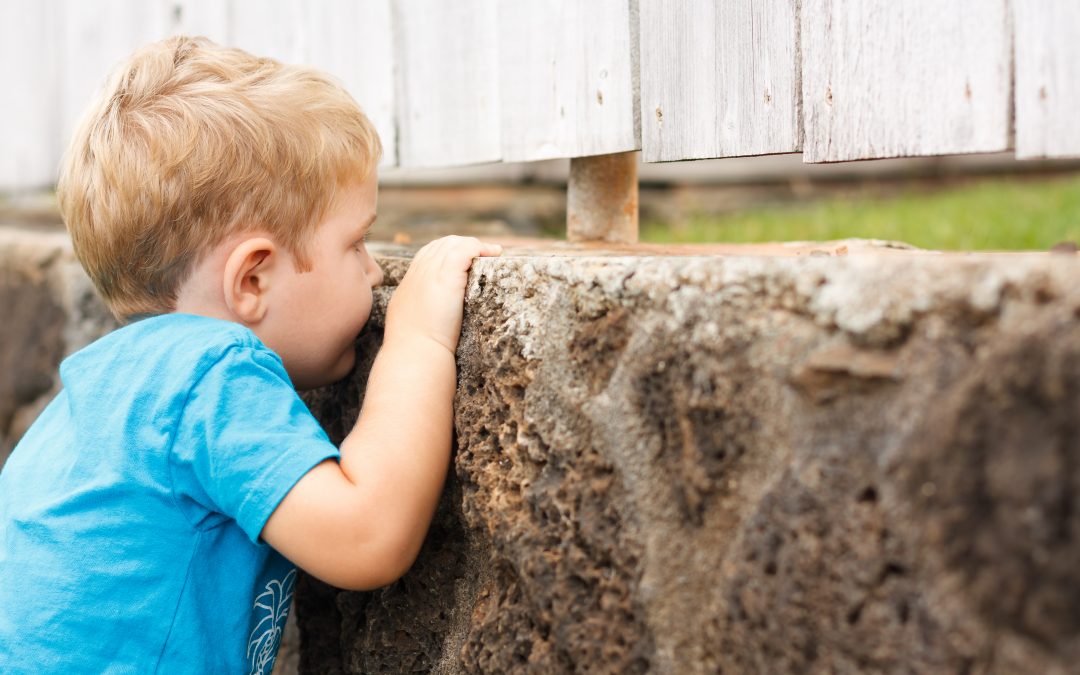
Distraction
Wherever you are and whatever you’re doing, there are distractions. That’s obvious. What isn’t obvious is that they often don’t reveal themselves. In fact, you’re likely to be convinced that the things competing for your attention deserve top priority. Perhaps you’ve been conditioned to think so. Or sometimes it’s simply because of an irresistible environmental appeal to our senses: the brightest, the shiniest, the closest, the loudest, the most noxious. The result is that, in the moment, you don’t realize you’re being distracted. It just happens.
There are two ways distractions succeed in doing their jobs. They either flip on your central nervous system responses through a reward pathway, or they hijack your attention by lighting up the flight-fight-freeze system. In either case, they’ve succeeded in creating tunnel vision.
Some people – kids and adults alike – are naturally good at overriding this. They’re able to step back, take stock and assess what’s actually going on around them and how it’s making them feel. For the rest of us, it takes practice.
And as if it weren’t hard enough, parents and caregivers have to master double-duty with this skill. Whenever a situation is begging for a reset – your toddler isn’t listening, your grade-schooler can’t focus on schoolwork – there are inevitably two parts to the puzzle.
We first need to try to figure out what’s commanding the child’s attention and causing their behavior. That’s the clear one. Then we need to figure out which blinders we ourselves are wearing. Our own competing priorities always color our responses to our children’s needs. Of course, then we have to decide which distraction to manage first.
Is your to-do list weighing on you? Do you have a backlog of texts, emails and phone calls? Are you making unconscious yet frustrated comparisons to your neighbor who never seems to have any problems? Or maybe your own flight-fight-freeze system has been triggered by the noise, the frustration and the stress?
It might seem counterintuitive, but it’s always most effective to address our own distractions first. No one serves from an empty vessel. Those who take good care of themselves are always better equipped to take care of others.

About the Author
Kerry Galarza, MS OTR/L is the Clinical Director and an occupational therapist at Elmhurst Counseling. She provides specialized assessment and intervention with children of all ages and their families. Kerry engages clients with naturally occurring, meaningful home-based methods to empower autonomy and maximize functioning.




